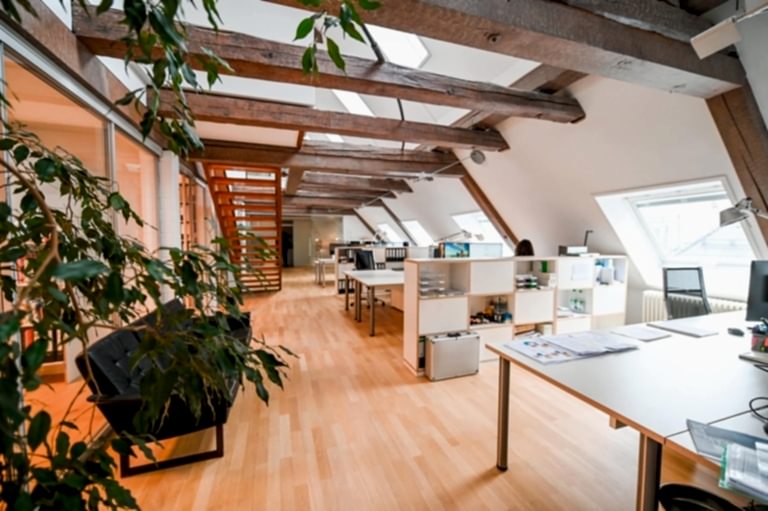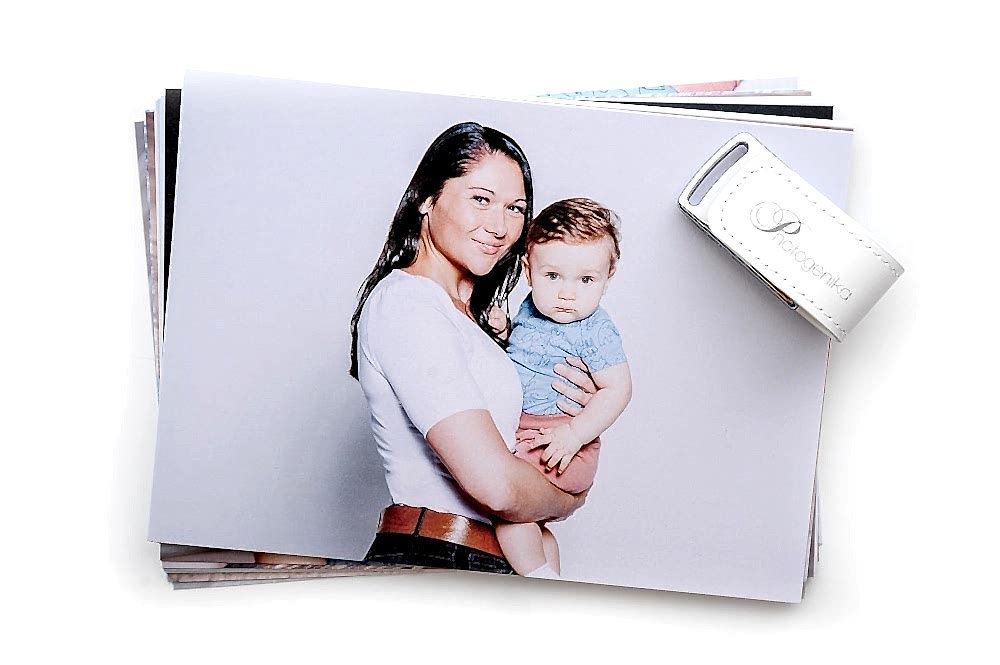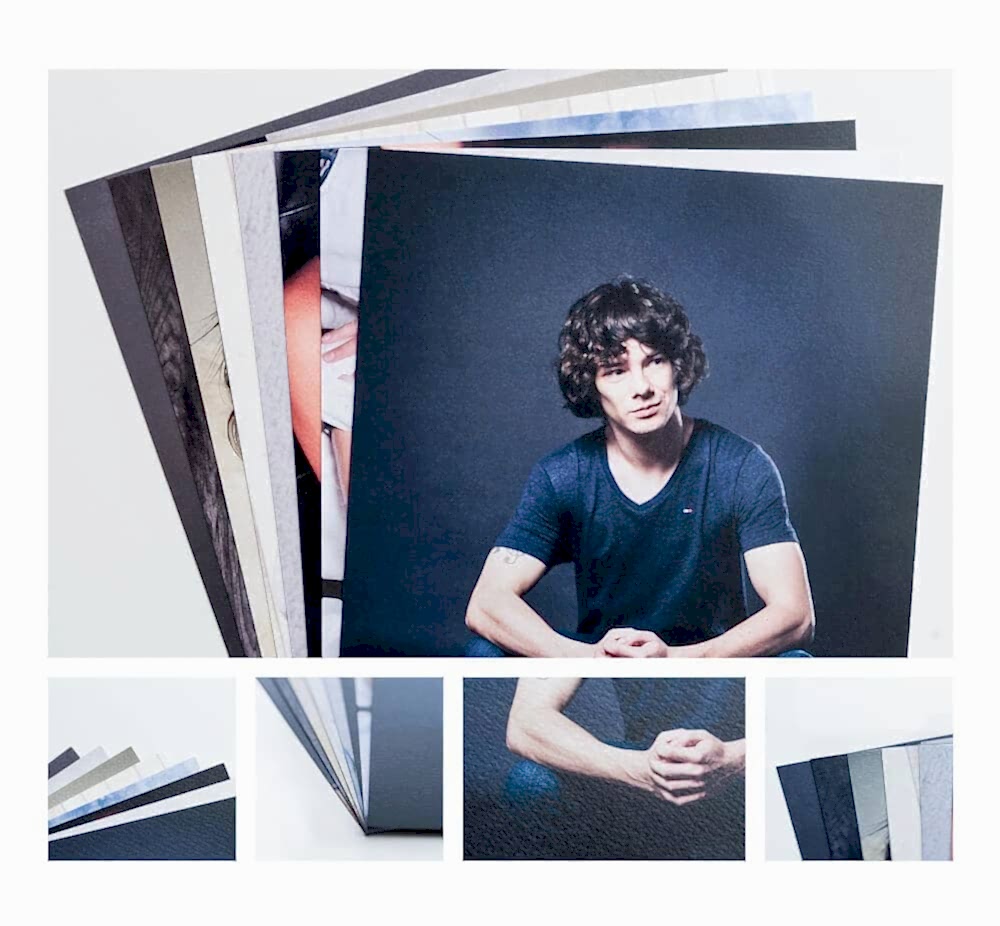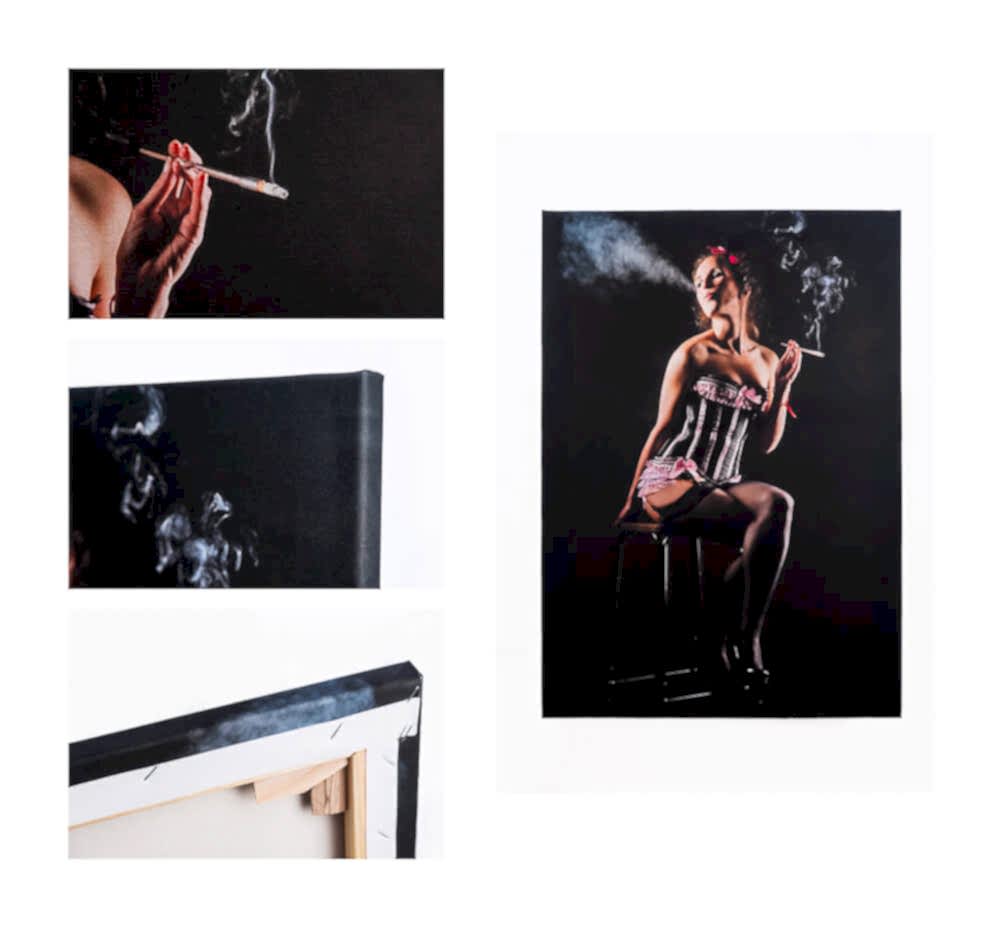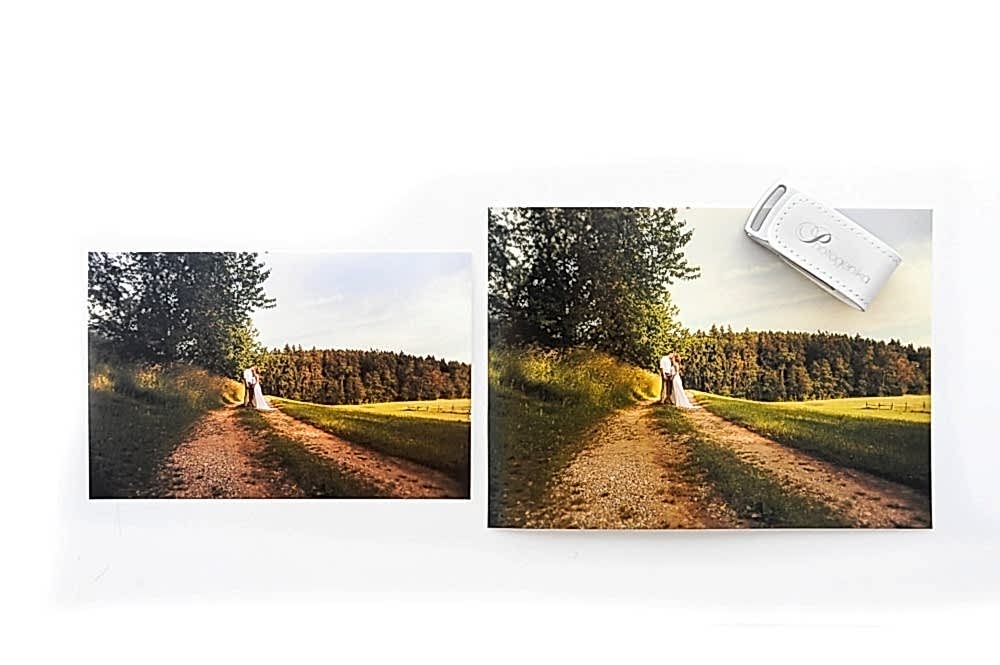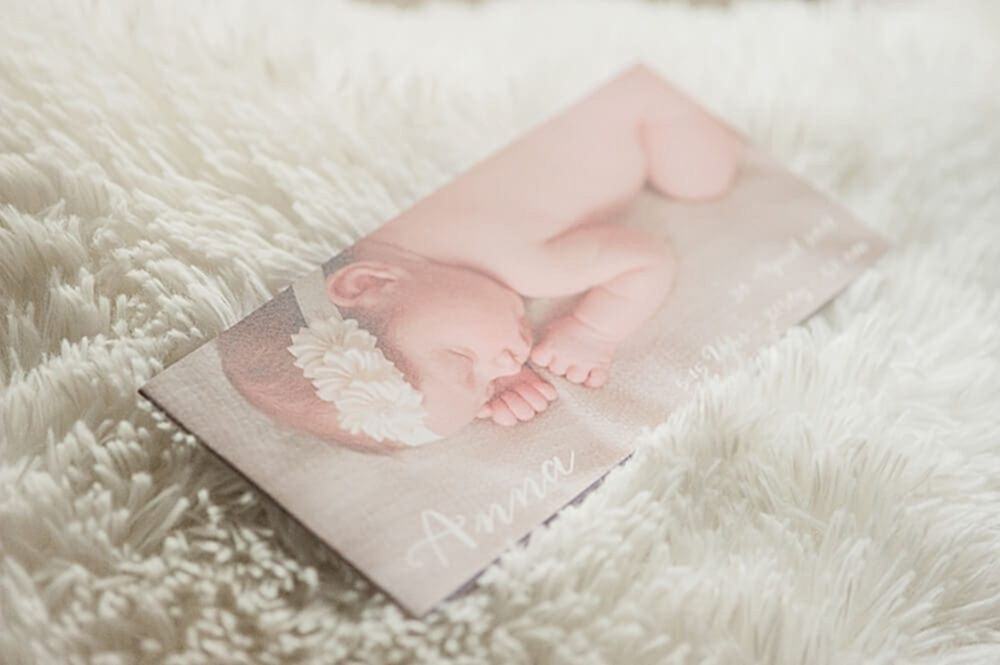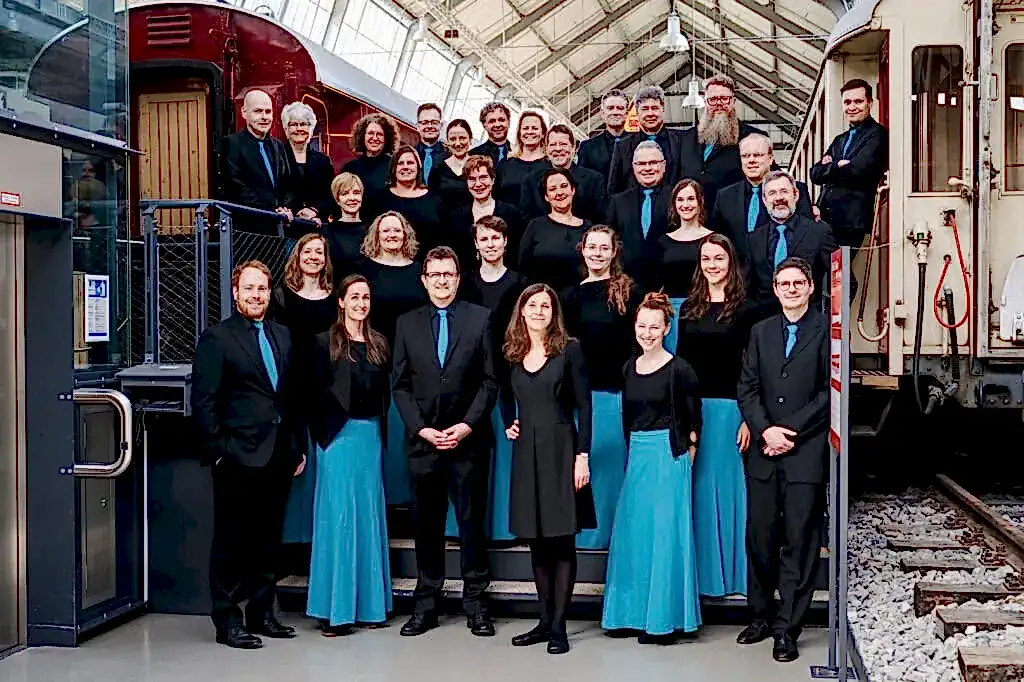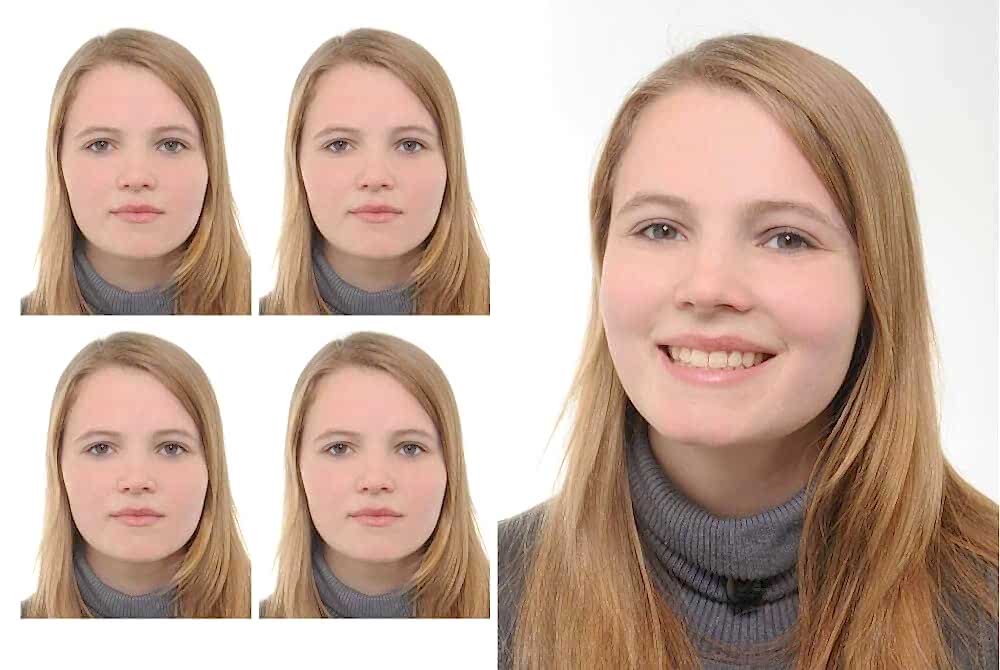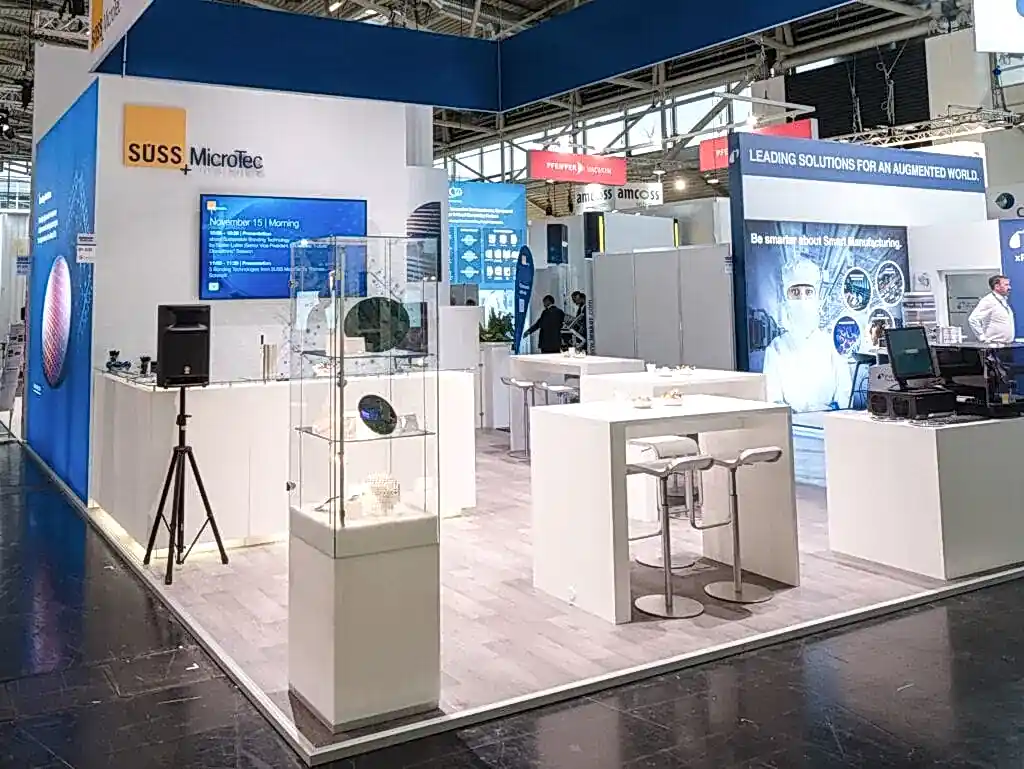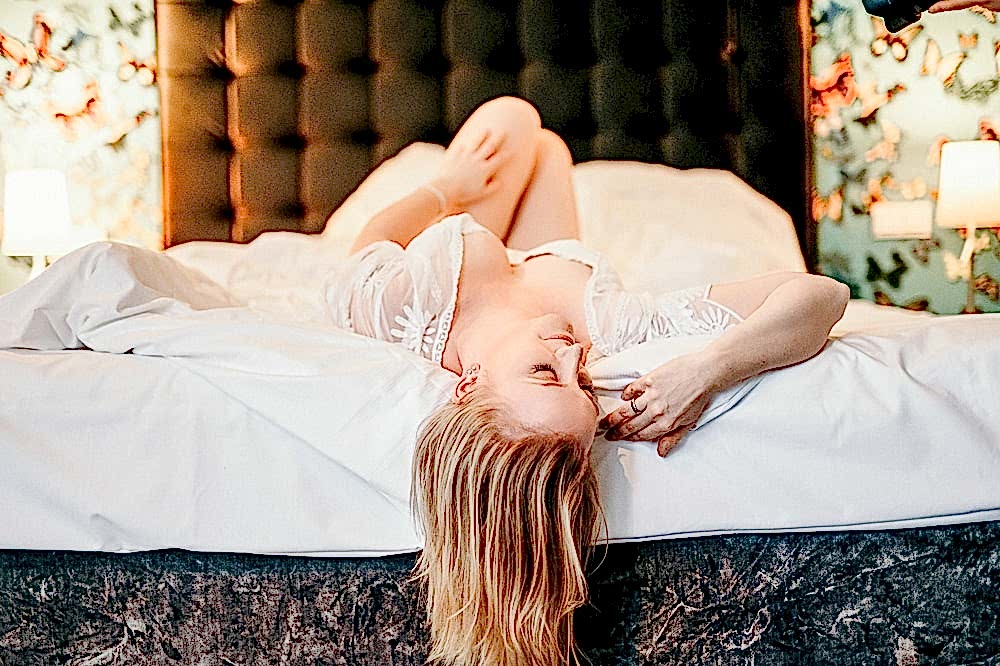During our trainee training last week, we tried out "stroboscopic flashing".
This may sound very technical and complicated, but it is a great way to show movements or sequences of movements frozen in an image.
Some of you may know these pictures from television or the web, on which well-known athletes perform spectacular movements in daring scenarios and which are documented in glossy photographs.
In the following I want to explain what you can imagine by stroboscope (flashing), how it works and what you have to pay attention to.
A strobe is a flash device that emits flashes of light at very regular intervals, causing movement to appear frozen in a sequence of still images in a dark environment. If the environment is dark enough, the eye will adjust to the brightness produced by the strobe and will therefore only see images when such a flash illuminates the scene.
The result is movements that appear choppy and consist of a sequence of images. So much for that, but how does it all work!?
The following is required:
- Dark large room/area or photo studio
- camera
- camera tripod
- Flash lamp with light shaper (e.g.: Beautydish)
- radio trigger
- athlete or model
Now how does this work in practice?
During our training here in our photo studio in the Westend, we photographed a model that made a jumping movement. In order to be able to show several frozen movements in one picture, you have to mount the camera on the tripod, set the exposure time to a relatively long time, in our case 2s, then have the model placed where the jump is likely to be made and you are in the air located.
Connect the model to focus, turn off the autofocus and stop moving the lens to avoid focusing on a wrong plane. With the flash lamp used, it is important that the modeling light is switched off so that the surroundings before and after the stroboscopic flashes are dark enough to avoid annoying "wiping movements" in the picture.
Let's go.
The photographer gives the start command, presses the shutter button and at the same time the model begins to move. During motion execution, the stroboscopic flash now flashes as often as the photographer wants and how many frozen motions should be achieved.
If you do not have a stroboscopic flash, you can alternatively use the radio trigger or trigger the flash manually on the flash body.
Since the surroundings are dark, the movement only becomes visible and frozen when the flash hits the movement and the sensor is exposed.
You can see what the end result looks like below.
Your Belinda


